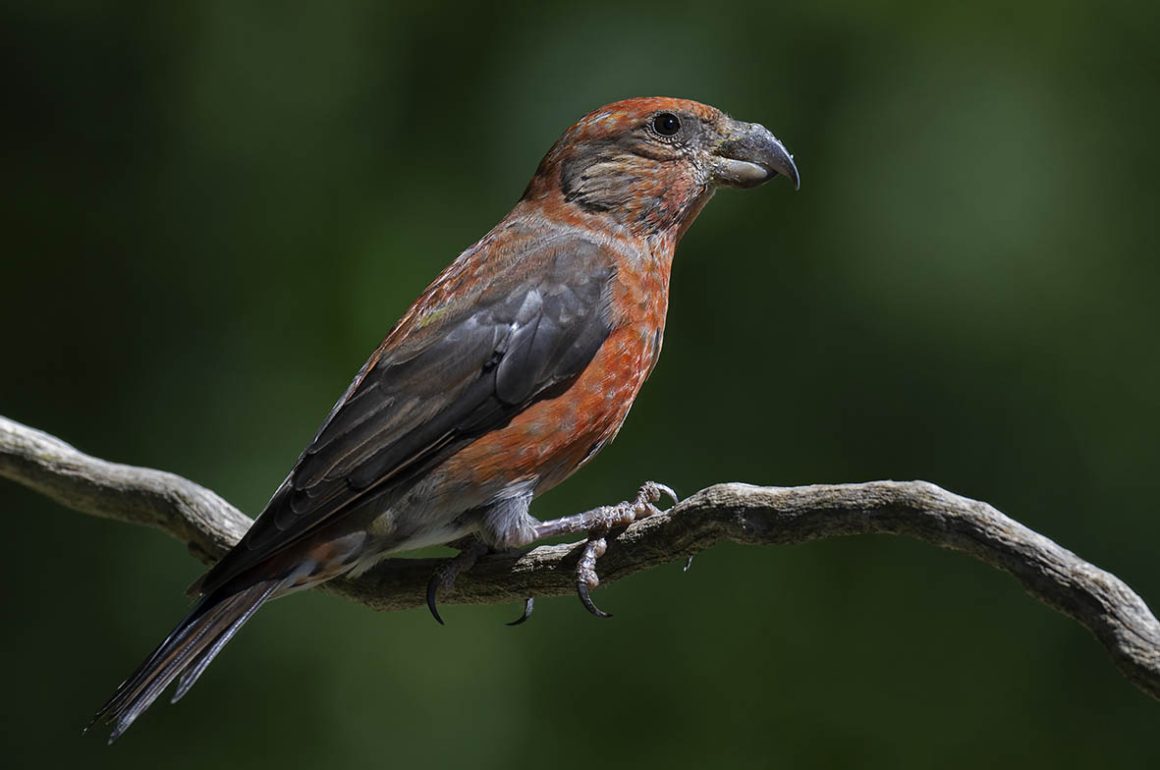
Recent reports coming out from the United Kingdom suggest a Hawfinch (Coccothraustes coccothraustes) irruption, although at a smaller scale than that of 2017 when it is estimated that 50,000 Hawfinches arrived there from the continent. Irruptions are generally attributed to good crop years in the breeding grounds contributing to a sharp increase in population size. As the summer and autumn progress and food supplies dwindle, many birds are forced to move in search of food.
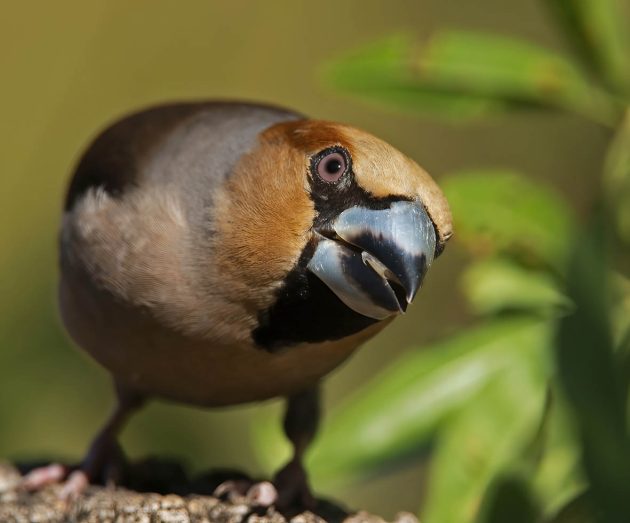
Irruptive species generally belong to two groups of birds. On the one hand are the boreal finches which depend on fluctuations of fruit-tree crops. Though not strictly boreal, Hawfinches fall under this category. The other group is formed by owls which depend on rodent population cycles.
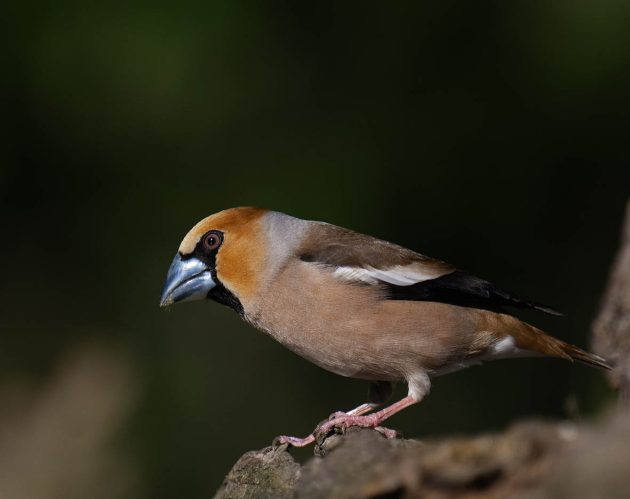
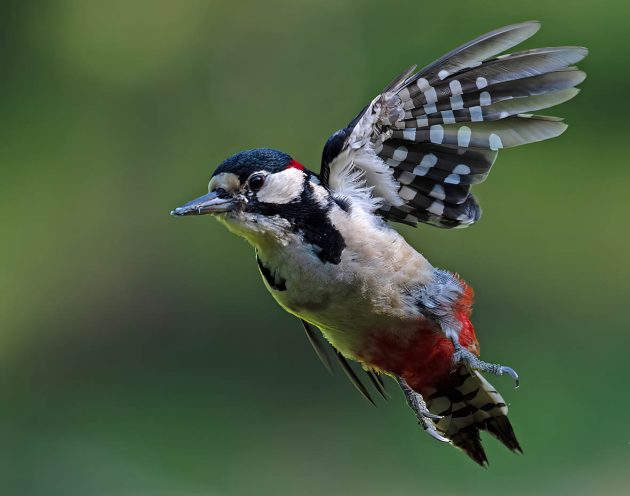
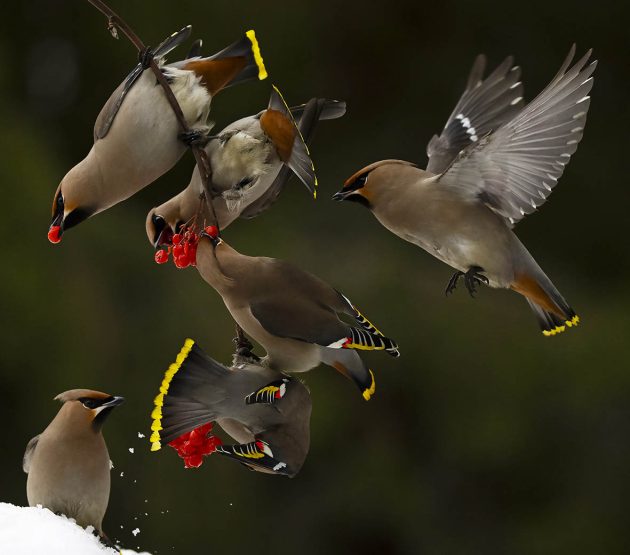
In Europe, the list of seed-eating and fruit-eating birds that are known to perform irruptive movements in search of food, sometimes involving displacements of several thousand kilometres, is a long one. These do not just involve finches. Great Spotted Woodpecker (Dendrocopos major), Bohemian Waxwing (Bombycilla garrulus), Fieldfare (Turdus pilaris), Coal Tit (Periparus ater), Great Tit (Parus major), Blue Tit (Cyanistes caeruleus), Eurasian Nuthatch (Sitta europaea), Eurasian Jay (Garrulus glandarius) and Northern Nutcracker (Nucifraga caryocatactes) are all considered irruptive.
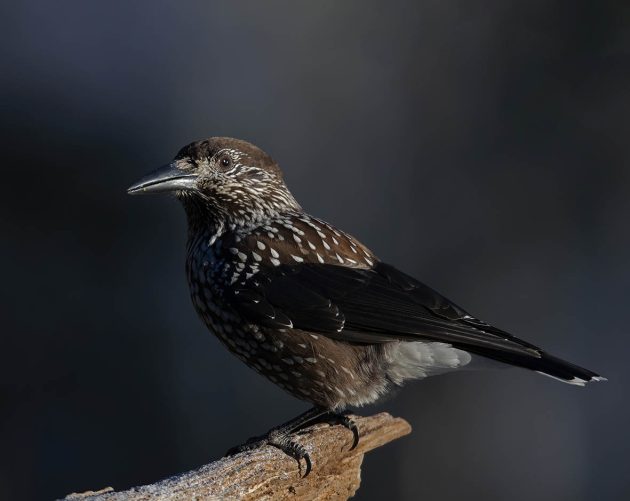
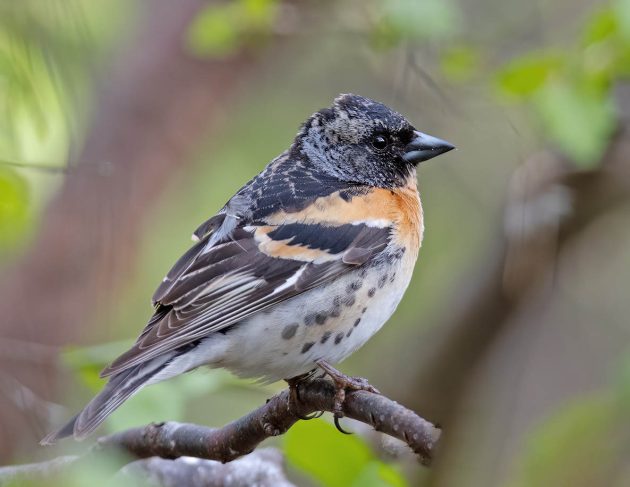
The finches include Brambling (Fringilla montifringilla), Eurasian Siskin (Spinus spinus), Redpoll (Acanthis flammea), Eurasian Bullfinch (Pyrrhula pyrrhula), Pine Grosbeak (Pinicola enucleator), Red Crossbill (Loxia curvirostra), White-winged Crossbill (Loxia leucoptera) and Parrot Crossbill (Loxia pytyopsittacus).
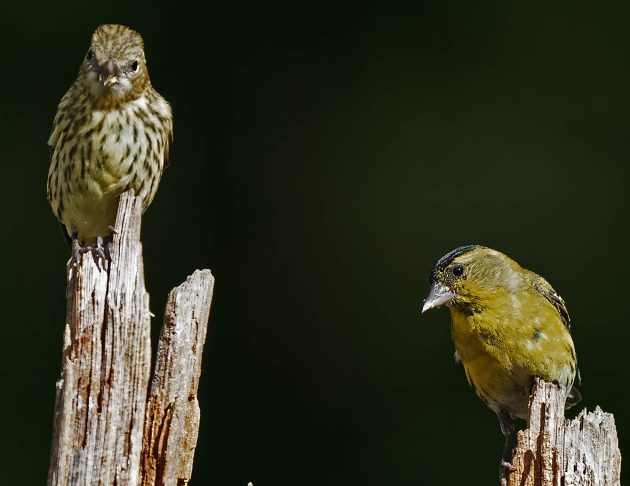
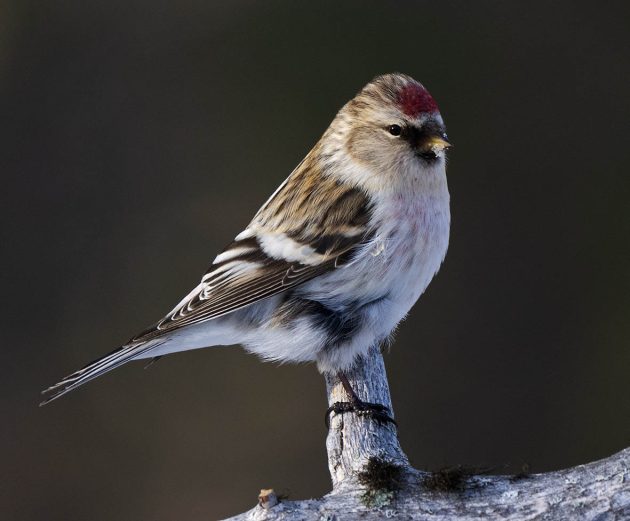
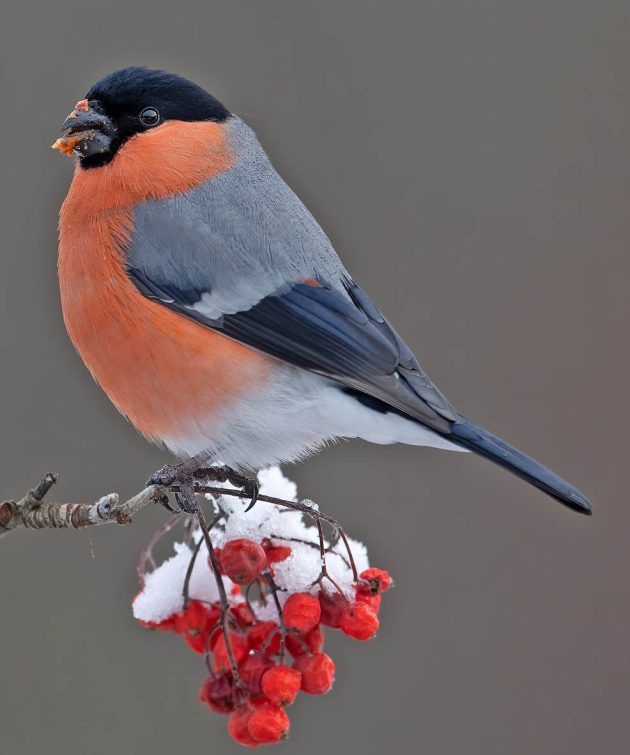
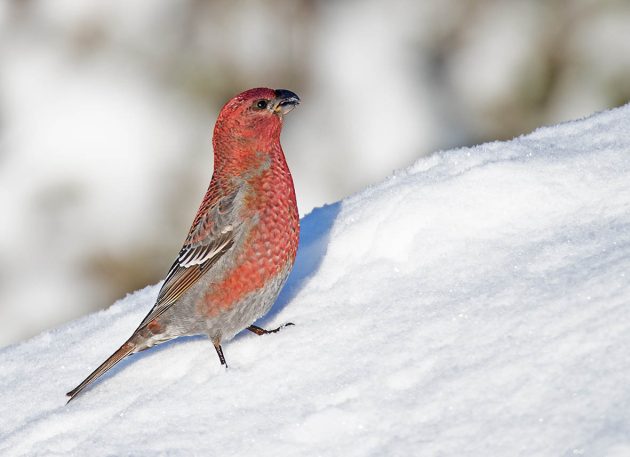
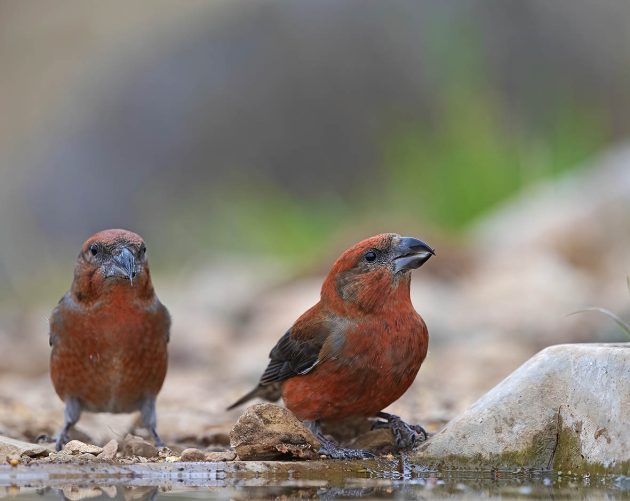
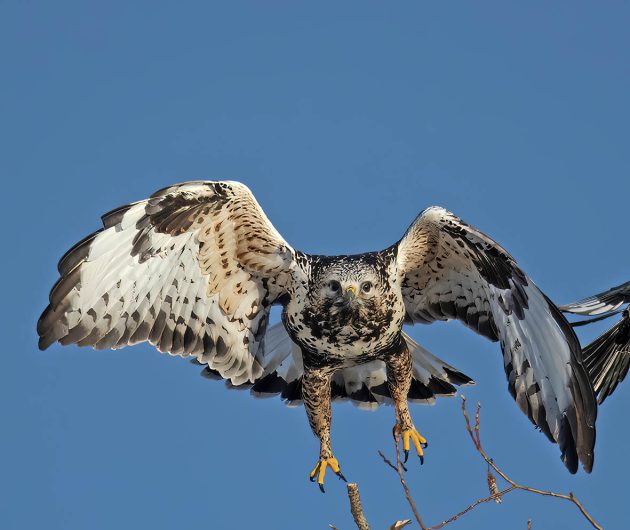
The rodent-eating group includes some diurnal raptors, notably Hen Harrier (Circus cyaneus), Rough-legged Hawk (Buteo lagopus) and Eurasian Kestrel (Falco tinnunculus) but it is the owls that are best associated with the rodent cycles. The owls responding with irruptive behaviour are Short-eared Owl (Asio flammeus), Long-eared Owl (Asio otus), Great Grey Owl (Strix nebulosa), Snowy Owl (Bubo scandiacus), Northern Hawk Owl (Surnia ulula), Tengmalm’s Owl (Aegolius funereus) and Eurasian Pygmy Owl (Glaucidium passerinum).
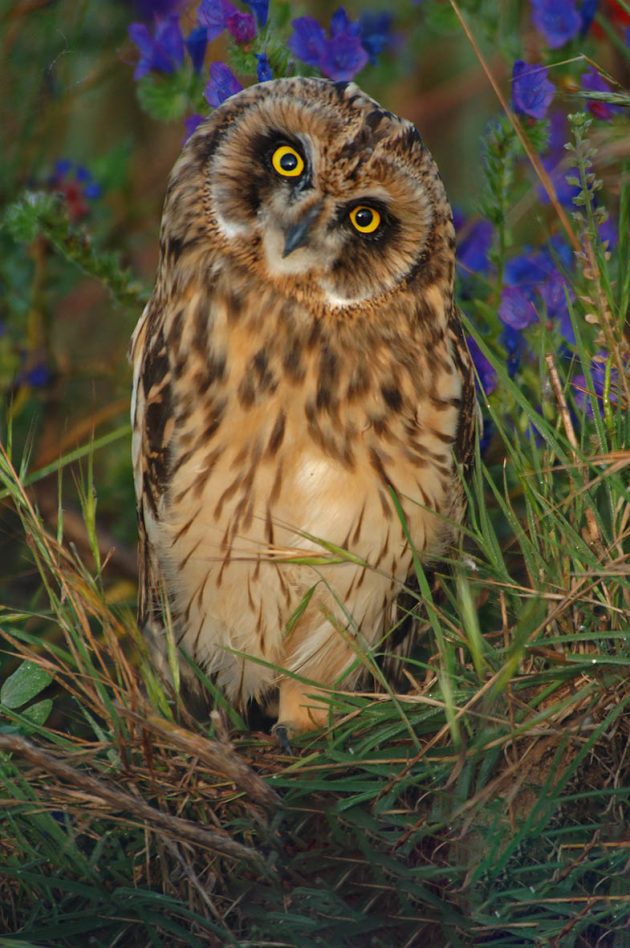
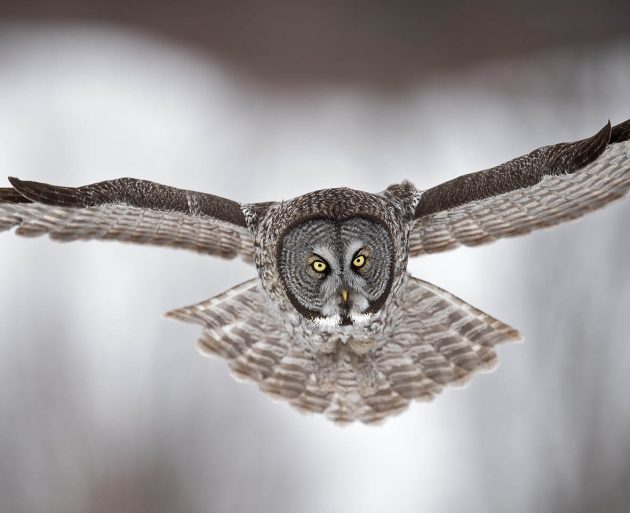
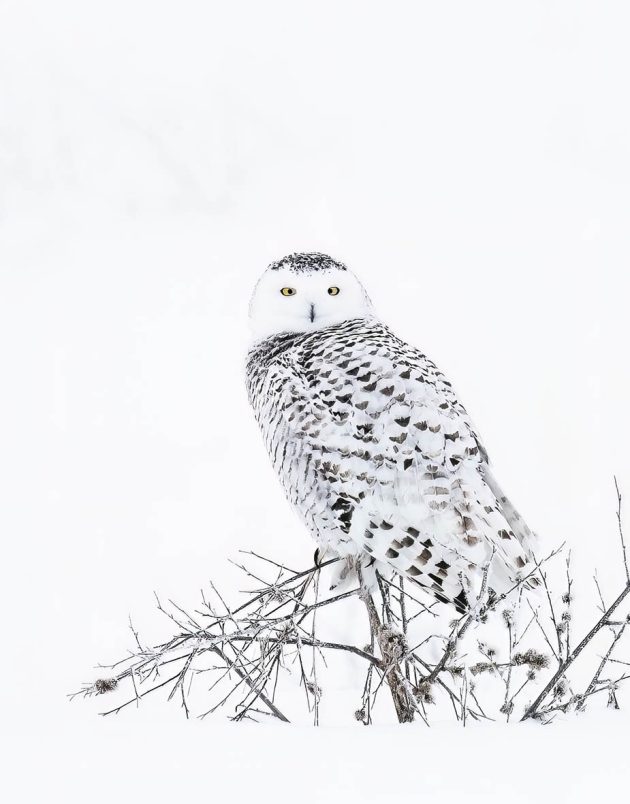
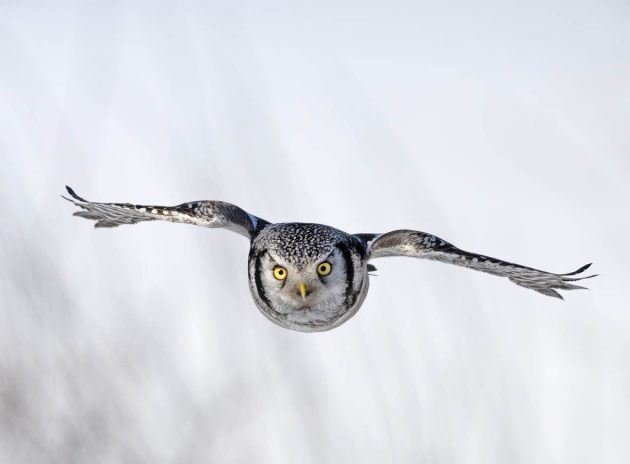
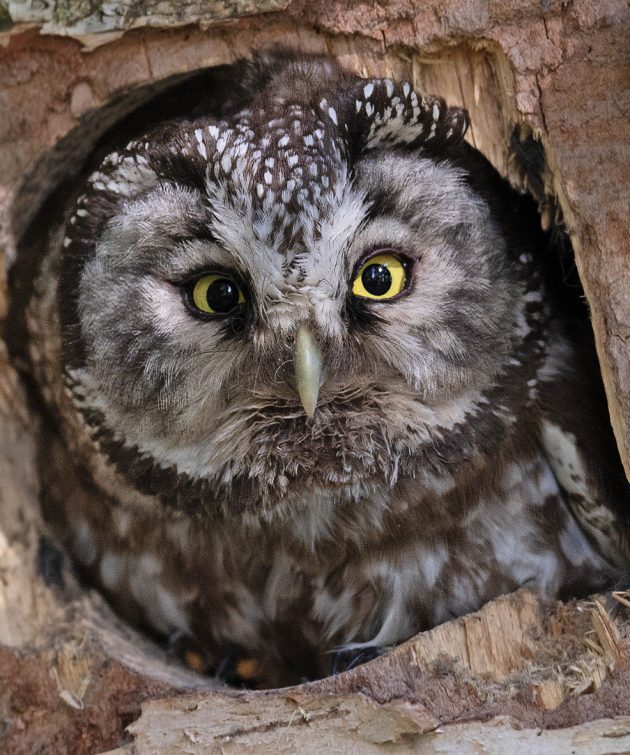
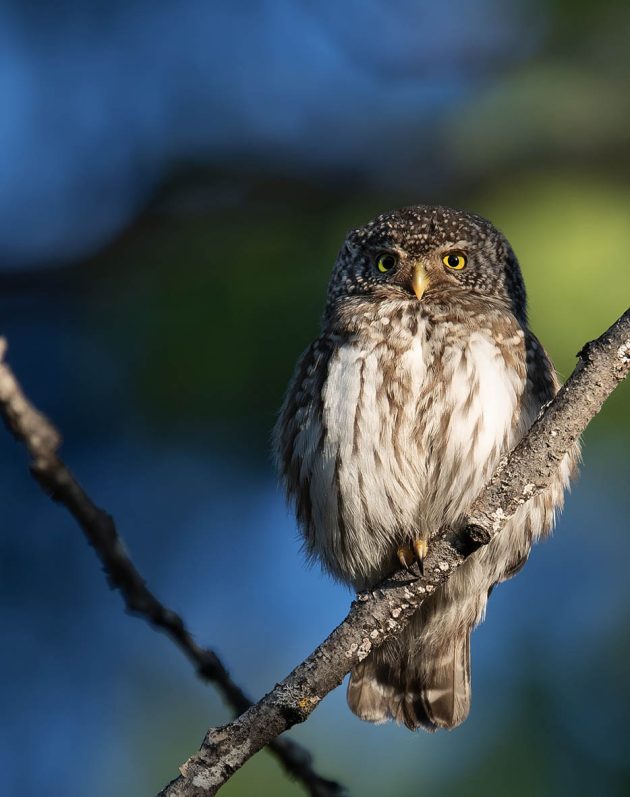
Some of these birds show age and sex differences in irruptive behaviour. In the Pygmy Owl, it is the young birds and females that move most and furthest and this seems related to hole nesting. The smaller males stay close to the nest sites as part of a territorial defence strategy. In the owls that don’t breed in cavities, it is the larger, dominant, females that move the least.
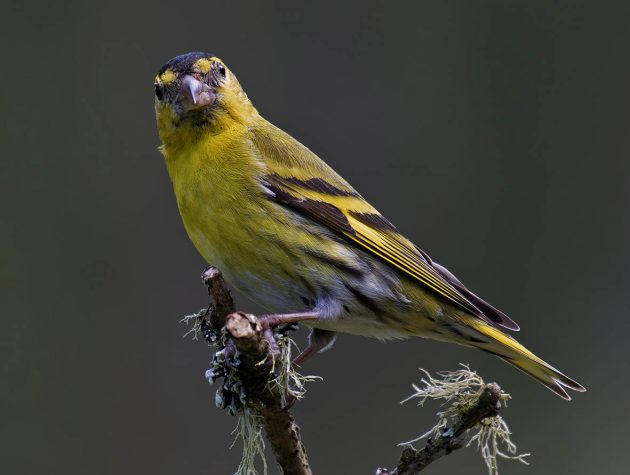
The patterns of irruption are also interesting because of their apparent lack of consistency, contrasting with the precision observed in migratory birds. In irruptive species, the wintering locations of individuals can vary from year to year, often involving large distances. Examples of birds wintering in widely separated localities between winters include Bohemian Waxwing, Brambling, Eurasian Siskin, Redpoll, and Eurasian Bullfinch.
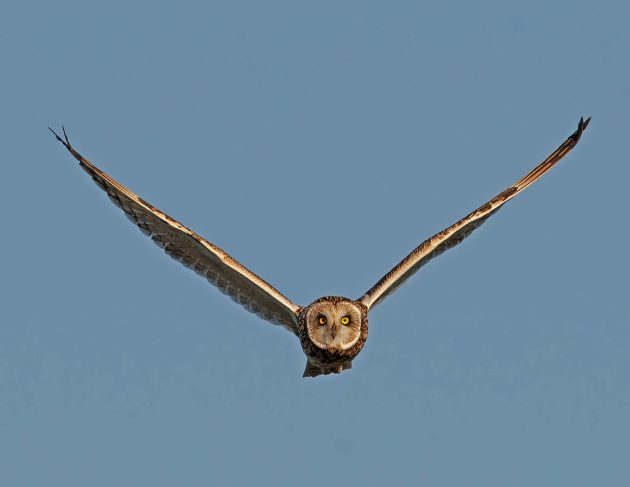
They are also less tied to specific breeding grounds and may breed in sites with distances of hundreds, even thousands in some owls, of kilometres between each. This has been shown in the case of Brambling, Redpoll, Eurasian Siskin, Parrot Crossbill, Short-eared Owl, Long-eared Owl and Great Grey Owl.
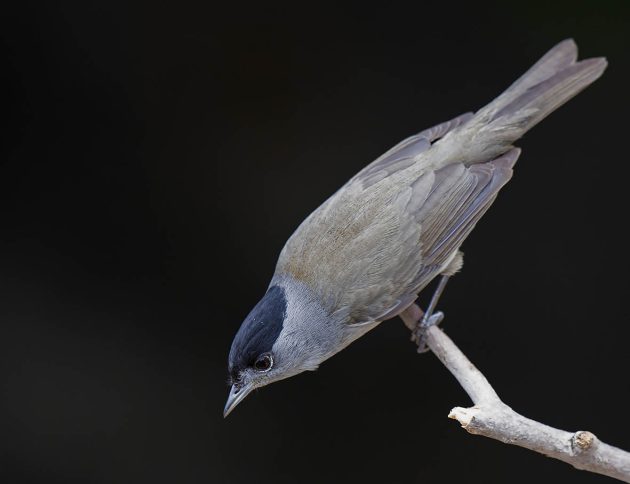
I see irruptive behaviour as part of a continuum of movement strategies that birds have for coping with changes in food supplies. Why don’t we see irruptive behaviour among long-distance migrants? Well, probably because they have already moved south by the time food crop shortages are felt. But it also has to do with diet. Many Palaearctic long-distance migratory birds are insectivorous and insects, regularly and consistently, decline sharply in the winter. So long-distance migration is the long-term solution. Other alternatives for them include switching diet. Blackcaps (Sylvia atricapilla), among others, will become frugivorous in the winter. In fact, in Blackcaps we see all strategies from residency (in the south) to full migration (among Scandinavian populations), with diet switching acting as a buffer. So it is not surprising that Blackcaps are not irruptive. When one food goes, they just switch to another.
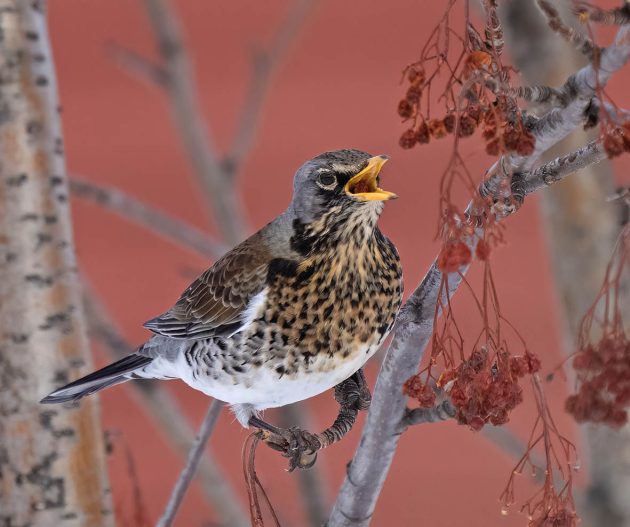
What about thrushes? We’ve seen Fieldfare on our list of irruptives. In my post of 10th November I alluded to within-winter long-distance movements in Redwings (Turdus iliacus) and Song Thrushes (Turdus philomelos). Are these movements somewhere in the irruption-migration gradient? And what about the insectivorous strategy? Bramblings show us that you can be insectivorous for part of the year and yet be irruptive. Bramblings concentrate in summer in areas with large densities of the Autumnal Moth (Epirrita autumnata).
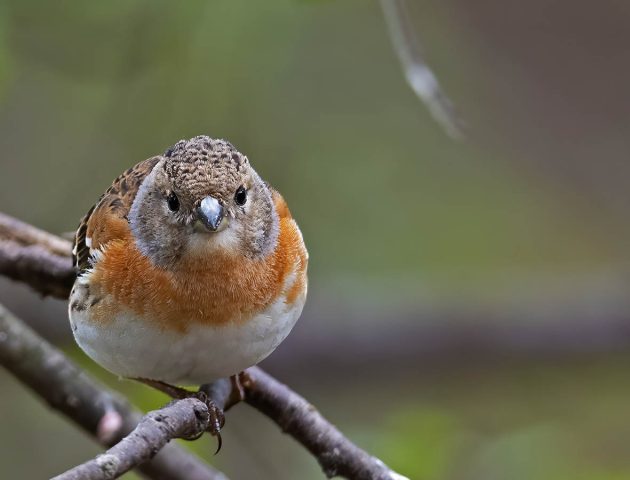
Irruptions for me have been very much a part of growing up watching and studying birds. They are part of the folklore of the unexpected and the excitement of a sudden arrival of large numbers of birds in mid-winter. I recall the thrill of seeing a large flock of Bohemian Waxwings, devouring a rowan; the awe of seeing massive flocks of Eurasian Siskins passing overhead as they crossed into North Africa; and the heart-stopping excitement of an arrival of Rough-legged Hawks and Hawk Owls. I’m sure readers will have their own stories to tell. It is the stuff of ornithology.
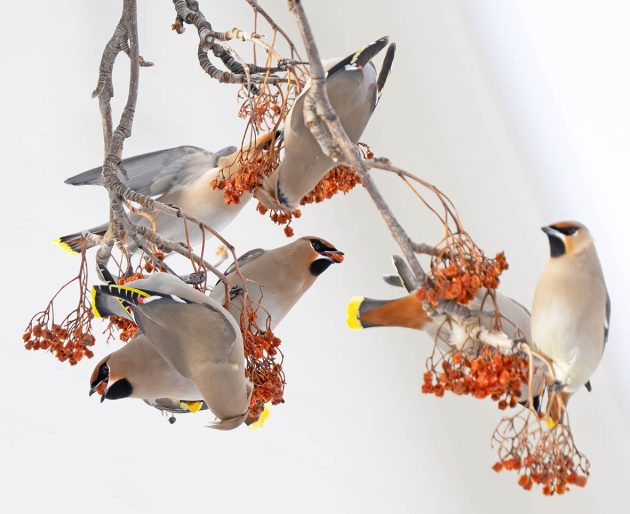













Splendid photography as usual but I must say that last brambling picture just melted my heart.
Stunning photographs (as we have come to expect!). Frustratingly, the hawfinch invasion in the UK doesn’t seem to have reached Suffolk, and even our usual wintering flock is proving hard to see.